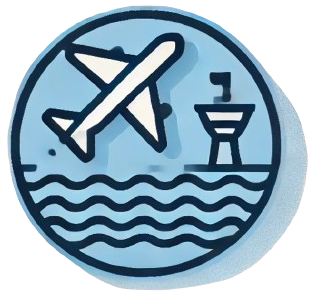The United States Navy and Its Need for Pilots
The United States Navy, a crucial branch of the American military, has a significant need for pilots due to the unique operational demands and diverse mission requirements. These aviators are essential not just for flying aircraft but for executing various complex missions that enhance the Navy’s capability, effectiveness, and readiness in both combat and non-combat situations.
The Role of Navy Pilots
Navy pilots are specifically trained to conduct multi-mission operations, which means they must be well-equipped to handle a wide array of challenges. Their training often begins and ends on aircraft carriers, where they must master intricate carrier landing techniques. This training prepares them to engage in different types of missions, including:
- Air-to-air combat
- Reconnaissance
- Surveillance
The adaptability of Navy pilots is vital, as they must respond swiftly to various operational demands, often in high-pressure environments.
The Importance of Naval Aircraft
To support these pilots, the Navy maintains a fleet of specialized aircraft, which are integral to naval operations. These planes are not only used for combat but serve many essential functions:
- Airlifting supplies
- Inserting specialized personnel like medical staff during crises
- Conducting evacuations in the wake of natural disasters
This versatility ensures that the Navy can respond effectively to a wide range of scenarios, both in peacetime and during conflicts.
Comparing Military Aviation Branches
While the Navy plays a vital role in the nation’s defense, it is important to note that the U.S. Air Force has the largest number of military pilots, particularly in the realm of fighter aviation. The Air Force is responsible for air combat operations and has an expansive fleet of fighter aircraft, which supports its extensive training programs for pilots.
| Branch | Number of Pilots | Focus Area |
|---|---|---|
| U.S. Navy | Moderate | Multi-mission operations |
| U.S. Air Force | Highest | Fighter aviation and air combat |
Although the Navy has its own pool of skilled aviators, the Air Force remains the branch with the highest concentration of fighter pilots, showcasing the distinct specializations within the U.S. military aviation community.
The Blue Angels: Naval Aviation Excellence
Among Navy pilots, those selected to become part of the Blue Angels—the Navy’s flight demonstration squadron—represent the pinnacle of naval aviation excellence. Blue Angels pilots are career-oriented, active-duty Navy or Marine Corps tactical jet pilots who have honed their skills through rigorous training. Each applicant is required to possess a minimum of 1,250 flight hours, demonstrating both their expertise and commitment to the craft of flying. The Blue Angels not only showcase the skills of Navy pilots but also serve to inspire future generations and promote naval aviation to the public.
Understanding Naval Aviators
Within the Navy, pilots are officially referred to as naval aviators. This title designates commissioned officers or warrant officers who are qualified to operate crewed aircraft in the United States Navy or Marine Corps. The training and expertise of these individuals play a crucial role in ensuring the effectiveness of naval operations, reflecting the high standard of professionalism the Navy upholds.
In summary, the presence of pilots in the U.S. Navy is essential to its multifaceted mission. From performing combat operations to humanitarian assistance, the training and skills of naval aviators enable the Navy to fulfill its strategic objectives, ensure national security, and respond effectively to crises both at sea and on land.
